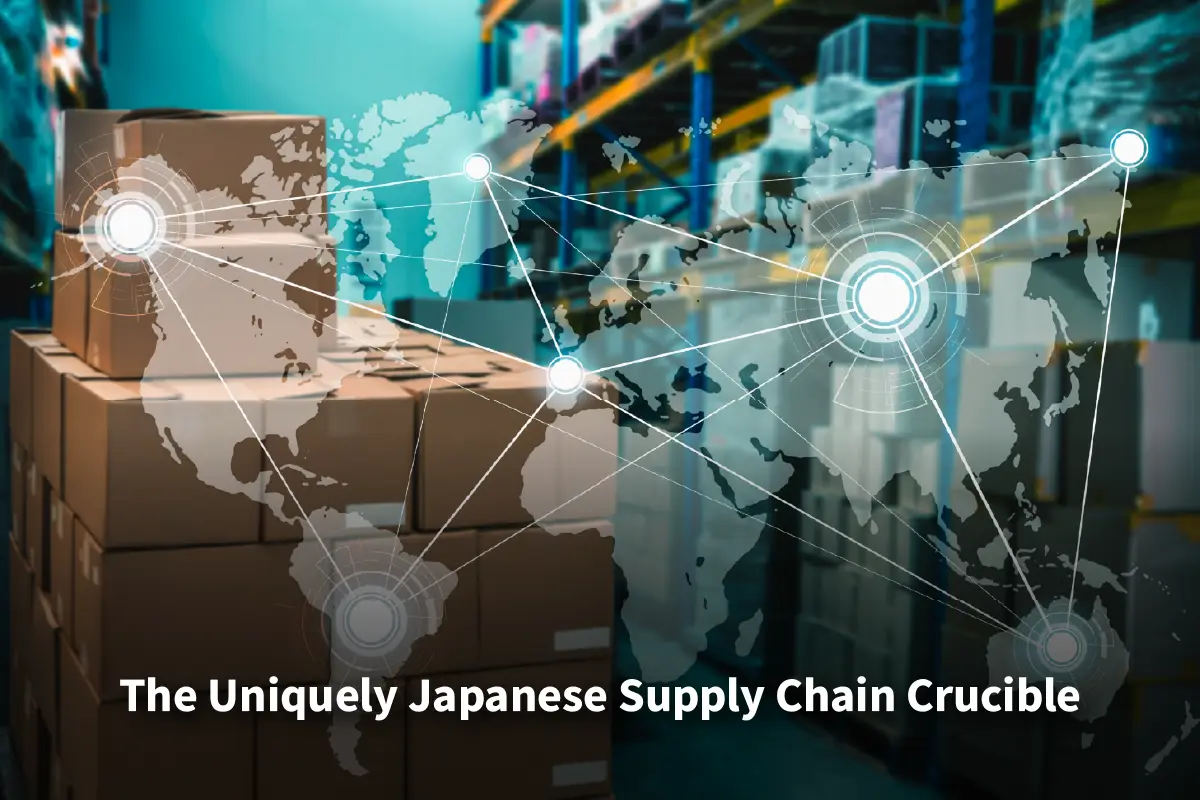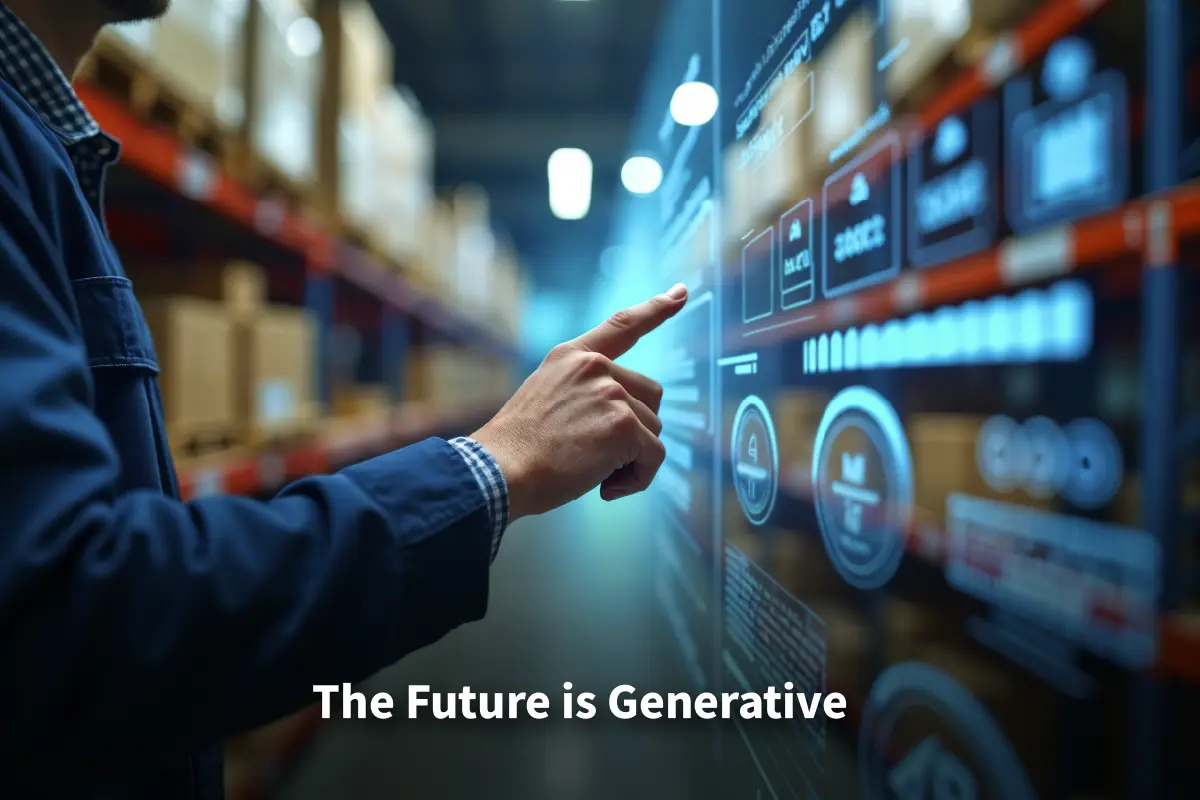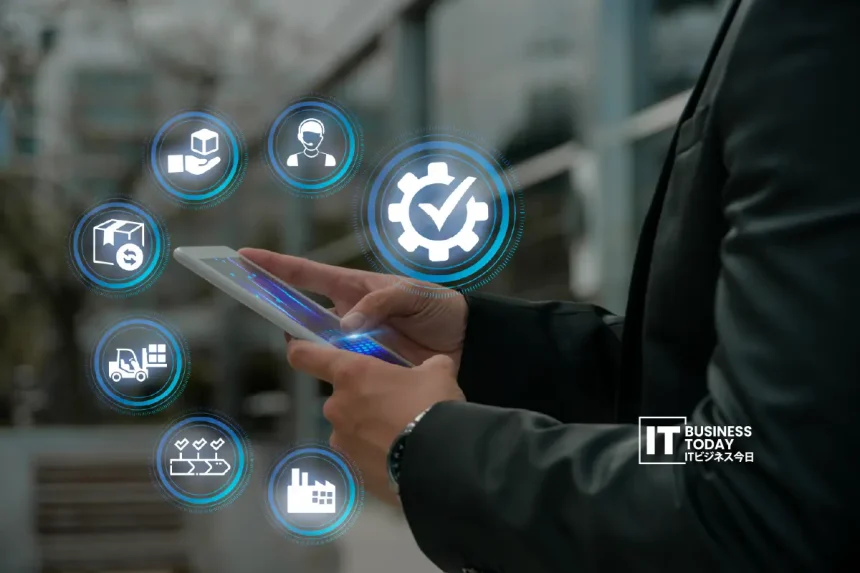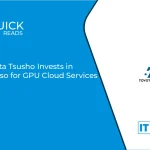For decades, Japan’s supply chains have been the envy of the global manufacturing world. The ongoing pursuit of kaizen, or continuous improvement, turned logistics into a precise and efficient system. Yet, beneath this well-oiled surface, familiar pressures mount. An aging workforce, tough global competition, and complex customer needs create big challenges. Natural disasters also add to the disruption. Traditional optimization methods, while valuable, are hitting their limits against this volatile backdrop. Enter Generative Artificial Intelligence (GenAI). It’s not just another tool. It’s a game changer in how we think about, handle, and improve the flow of goods. This is the dawn of truly Smart Logistics, and Japan is poised to lead its next generation.
The Uniquely Japanese Supply Chain Crucible

Understanding GenAI’s transformative potential requires appreciating Japan’s specific logistical landscape. It’s a nation known for its complex manufacturing systems, called keiretsu networks. These networks require smooth coordination among many suppliers. Precision is key, whether for just-in-time car parts or strict consumer electronics standards. Simultaneously, Japan faces profound demographic headwinds. The percentage of people aged 65 or older in Japan reached 29.1% in 2023, the highest in the world. An aging workforce and fewer workers are straining warehouse operations and long-haul trucking. In fact, the Japanese logistics industry is projected to face a shortage of 520,000 truck drivers by 2030.
Urban congestion makes last-mile delivery more complex. The archipelago faces risks from earthquakes and typhoons. So, logistics planning needs to focus on resilience, not just redundancy. These challenges need solutions that are faster and smarter. They should also be more adaptive and predictive. Legacy systems, often siloed and reactive, struggle to meet this new imperative.
Also Read: The Rise of AI-Native Startups: Building Businesses Without Traditional Teams
The Cognitive Engine for Smart Logistics
GenAI moves far beyond the predictive capabilities of traditional AI. Conventional AI excels at looking at past data. It helps predict future events, such as demand spikes. But GenAI has a special skill: it can create. It learns patterns from large datasets. These include weather history, traffic flows, and port congestion reports. It uses sensor data from cars and warehouses. It also looks at market trends and social feelings. Then, it creates new scenarios, simulations, and optimized plans. Imagine a powerful logistics strategist. It can explore millions of options in seconds. This tool finds solutions that human planners might not think of.
This generative power manifests across the supply chain in revolutionary ways:
- Hyper-Personalized Demand Sensing & Dynamic Fulfilment: Forget static forecasts. GenAI models take in a flood of real-time data. They look at factors like local weather, which affects buying habits. They also consider social media trends, competitor promotions, and regional events. This helps them make accurate demand predictions for specific SKUs at specific stores. It’s not just about knowing what sells. It’s also about predicting where, when, and how it all comes together. Japan’s B2B eCommerce market is estimated at US$ 3 trillion based on the total of all commercial transactions between companies in all industrial categories in Japan. Imagine a major electronics retailer. GenAI predicts a rise in certain air conditioner models in Nagoya next week. This is due to a heatwave and a local festival. It looks at warehouse space, transport delays, and supplier times. Then, it creates the best fulfilment plan. This might mean rerouting shipments from a crowded warehouse. It might suggest local deals to manage inventory. It could also help move stock early because of expected heatwaves. This moves fulfilment from reactive scrambling to proactive orchestration.
- Autonomous Network Design & Resilient Planning: GenAI excels at simulating complex systems under stress. Logistics leaders can use it to create many ‘what-if’ scenarios. For example, what if a key port in Kobe shuts down for two weeks? What if a primary supplier in Thailand experiences a flood? What if fuel prices spike by thirty percent? The AI goes beyond predicting impacts. It also creates strong contingency plans and redesigns networks. These are aimed at reducing disruption and costs. It may suggest using other ports, such as Hakata or Tomakomai. It could also find backup suppliers with proven capacity. It could also examine the costs and benefits of temporary air freight. Alternatively, it could adjust production schedules. This capability transforms risk management from insurance policies into strategic, executable resilience. Hitachi and other companies are using AI tools, like generative techniques. They simulate warehouse operations during disruptions. This helps them optimize robot paths and allocate their workforce in real-time.
- Cognitive Process Automation & Enhanced Human Collaboration: The labor shortage isn’t going away. GenAI doesn’t just replace simple tasks. It also boosts human intelligence for tough decisions. Consider the intricate dance of warehouse operations. GenAI analyzes order flow, inventory spots, picker locations, and equipment status. It creates the best picking paths. It adapts quickly to new orders or delays. It can create loading plans for trucks. It takes into account weight distribution, delivery order, and fragile items. Crucially, it interfaces with humans conversationally. A logistics manager facing a transport strike might say, “Please make three new plans to reroute the Osaka shipments. Focus on perishable goods and do this within the next hour.” The AI offers clear options, including costs and delays. This helps the manager focus on strategy and handle exceptions. Toyota is looking into AI systems. These systems help with parts forecasting and logistics planning. They aim to improve teamwork in their complex supplier networks.
- Self-Optimizing Transportation & Sustainable Logistics: Route optimization is table stakes. GenAI takes it into the stratosphere. It always collects live traffic data, weather updates, road closures, fuel prices, and driver schedules. It also tracks Hours of Service regulations. It doesn’t only find the shortest path. It also creates the most efficient and cost-effective route for the moment. It adjusts on the fly as conditions change. It considers carbon emissions in its calculations. Japan’s logistics sector is under pressure to reduce emissions. The government aims to cut the country’s overall greenhouse gases by 46% by 2030, with logistics playing a central role. It suggests routes or modes. For example, it recommends using coastal shipping for some freight when possible. This helps meet sustainability targets and keeps service levels high. It also allows for predictive maintenance. By analyzing sensor data from trucks and containers, it predicts failures. This helps create the best maintenance schedules before any breakdowns happen. This way, costly delays are avoided. Nippon Express and similar companies are investing in AI platforms. These efforts aim to improve transport visibility and optimization. They are also preparing for GenAI integration.
The Path to Implementation
The promise of GenAI is immense, but its successful deployment demands careful navigation. Business leaders must avoid the trap of chasing technology for its own sake. We must focus on solving key business challenges in the supply chain. Success hinges on several critical factors:
- Data Foundation is Key: GenAI’s success relies on the quality, amount, and ease of access to the data it uses. Siloed data residing in legacy ERP, WMS, TMS, and even IoT systems is the biggest barrier. Investing in robust data integration platforms, cloud data lakes or warehouses, is non-negotiable. This gives AI one clear source of truth. It needs this to create accurate insights and plans. Data governance, ensuring cleanliness, consistency, and security, is equally vital.
- Start Smart, Grow Wisely: Changing your supply chain with GenAI overnight is likely to fail. The prudent path is identifying a critical pain point with a clear ROI. This might involve optimizing a warehouse. It could also mean improving forecast accuracy for a high-margin product. Another option is enhancing resilience for a vulnerable shipping lane. Launching a focused pilot helps test the technology and refine models. It also shows value and boosts confidence in the organization. Then, it can expand to wider applications.
- The Human-Machine Partnership: GenAI is a strong tool. It does not replace experienced logistics experts. Its true potential is unlocked when it augments human decision-makers. Building a workforce that is at ease with AI is vital. Employees should grasp AI recommendations, challenge its assumptions, and apply business judgment as needed. Training programs focused on data literacy and AI collaboration will be crucial investments. The goal is symbiotic intelligence. AI will process large amounts of data and create scenarios. Humans will provide strategic direction. They will also ensure ethical oversight. Plus, they will understand relationships and market details.
- Ethics, Transparency, and Trust: As with any powerful technology, ethical considerations loom large. GenAI models need careful development and training. They should include strong bias detection and ways to reduce bias. Decisions generated by AI, particularly those impacting jobs, suppliers, or customers, need explainability. Leaders should insist on transparency in how AI makes decisions. This builds trust and ensures accountability. Setting clear ethical guidelines for GenAI in the supply chain is vital for leaders.
The Future is Generative

The integration of GenAI into Japan’s supply chains isn’t a distant future; it’s unfolding now. Early adopters are seeing real benefits. They have cut inventory costs. Delivery rates are better, even during disruptions. Transportation spending is optimized, and workforce productivity is up. They are also creating a strong base for resilience and agility. This is key in today’s unpredictable world.
For Japan’s business leaders, the imperative is clear. The drive for efficiency in the past must change. It needs to become a skill in smart adaptation. Generative AI drives the next generation of Smart Logistics. It’s the tool that manages demographic changes, reduces geographic risks, meets customer demands, and maintains Japan’s reputation for precision and reliability. The question isn’t whether GenAI will change Japan’s supply chains. It’s about how fast and how well leaders will use this power. Leaders with a clear plan and a strong human-AI bond will thrive in future changes. They will also reshape what supply chain excellence means in the 21st century. The next chapter of monozukuri, or the art of making things, is written in code, data, and generative intelligence. Japan has the opportunity, and the imperative, to author it.







